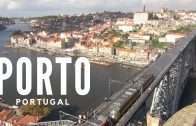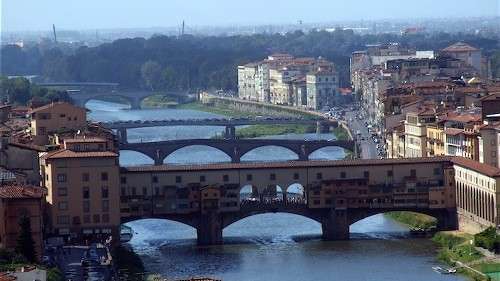Stockholm • Sweden
Stockholm is made up of 14 islands connected by some 50 bridges on Lake Mälaren, which flows into the Baltic Sea and passes an archipelago with some 24,000 islands and islets. Over 30% of the city area is made up of waterways and another 30% is made up of parks and green spaces, making it possibly the greenest city in Europe.
It is the capital and the largest city of Sweden, the site of the national Swedish government, the Riksdag (parliament), and the official residence of the Swedish monarch as well as the prime minister.
Founded circa 1250, Stockholm has long been one of Sweden’s cultural, media, political, and economic centre. Known for its beauty, its buildings and architecture, it is abundant clean and open water, and its many parks. It is sometimes referred to as Venice of the North.
Stockholm became a modern, technologically advanced, and ethnically diverse city in the latter half of the 20th century. Many historical buildings were torn down during the modernist era, including substantial parts of the historical district of Klara, and replaced with modern architecture. However, in many other parts of Stockholm (such as in Gamla Stan, S?dermalm, Östermalm, Kungsholmen and Vasastan), many “old” buildings, blocks and streets built before the modernism and functionalism movements took off in Sweden (around 1930-1935) survived this era of demolition. Throughout the century, many industries shifted away from work-intensive activities into more high-tech and service industry areas.
Despite its northern location, Stockholm has fairly mild temperatures throughout the year. As a result of its northerly latitude, the city sees a huge seasonal variation in sunlight, from more than 18 hours of daylight around midsummer to approximately 6 hours of daylight in late December. Stockholm enjoys an average of nearly 2,000 hours of sunshine a year.
Stockholm has a number of tourist attractions, ranging from the interesting architecture of the City Hall to the stunning natural beauty of the archipelago. In the Royal Palace and the royal family residence Drottningholm Palace, visitors can get in close contact with traditions of the Swedish monarchy. Among the wide range of museums, the Vasa museum, Vasamuseet, with its magnificent and well-preserved 17th-century warship, and the Skansen open-air museum are unique experiences. Stockholm‘s Old Town, Gamla Stan, is the beautifully preserved historical heart of Stockholm, which is best covered on foot, the picturesque old town, is a major attraction in itself, with narrow streets and houses dating back to medieval times.
Stockholm features a large variety of restaurants. However, dining in Stockholm can be rather expensive.






